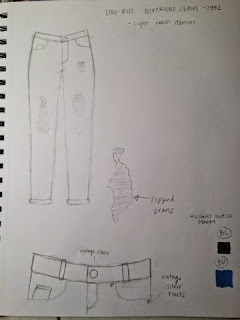1. I'm really proud of the amount of of time and work that I put into the block presentation as well as the senior project. As soon as we got the final contract, I started brainstorming and writing down ideas that I could use during my presentation. A lot of time was committed to making my project nice and to gaining enough information from my mentorship
2. a. AE
b. AE
3. In my presentation, my activity gave students the opportunity to use the skills I taught them. My activity started out really vague and when they were finished, I didn't explain the purpose. I went through some more of my research and then that led up to another activity that correlates with the first activity. I liked the way that I explained it because I saw a lot of heads understanding the poin tI was trying to get across.
4. Through this project, I felt that the notes that I took in teh beginning were very off topic and werent focused. Because I didn't have my answers to guide me, I was looking up stuff that wasn't really going to help me later.
5. This project has opened up many doors for me and has shown how committed I am to some thing I love. Right now, I 'm on the road to gaining a paid intenship at Kellwood in Jolt tops. I really want to stay in this industry because of the variety of things you may end up doing.
b. AE
3. In my presentation, my activity gave students the opportunity to use the skills I taught them. My activity started out really vague and when they were finished, I didn't explain the purpose. I went through some more of my research and then that led up to another activity that correlates with the first activity. I liked the way that I explained it because I saw a lot of heads understanding the poin tI was trying to get across.
4. Through this project, I felt that the notes that I took in teh beginning were very off topic and werent focused. Because I didn't have my answers to guide me, I was looking up stuff that wasn't really going to help me later.
5. This project has opened up many doors for me and has shown how committed I am to some thing I love. Right now, I 'm on the road to gaining a paid intenship at Kellwood in Jolt tops. I really want to stay in this industry because of the variety of things you may end up doing.
 |
| Add caption |
































.JPG)

